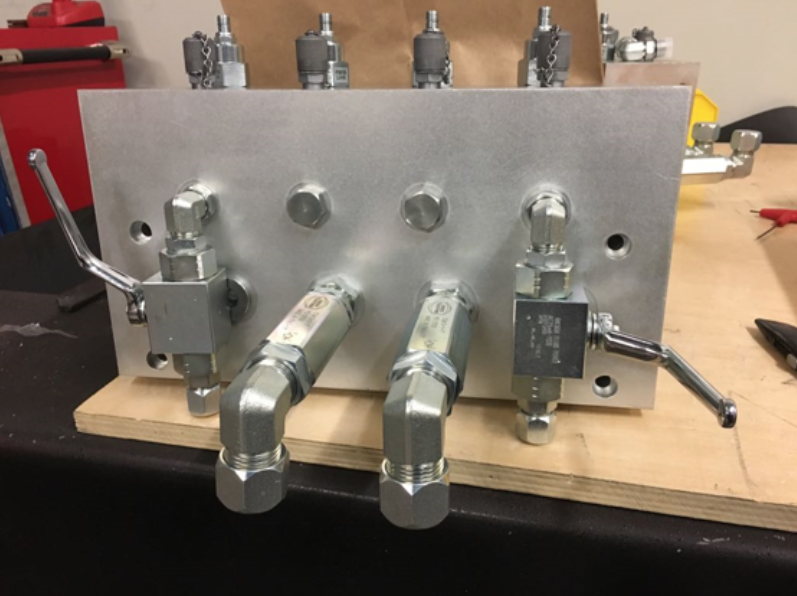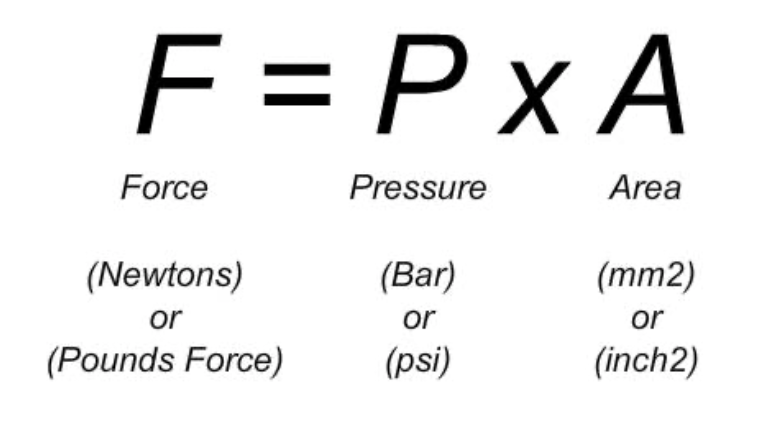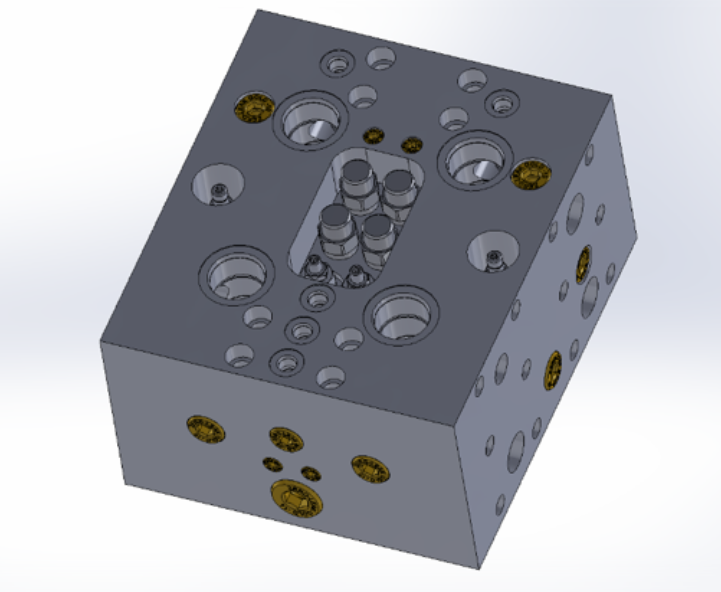The critical role of hydraulic manifolds in robotics and automation
By Nimit Patel, CEO, Hydraulic Manifolds USA
With increasing labor costs and technology becoming less expensive, the paradigm of manufacturing productivity will be forever changed. The need for increased productivity will be addressed by automation.
Recently, hydraulic manifolds have played a critical role in robotics, automation, and mobile applications.
Years of experience designing manifolds is critical to avoid the pitfalls of standardized off-the-shelf solutions.
The use of specialty manifold design software allows industry leaders to create robust designs while ensuring all required constraints are met.

In most hydraulic systems, hydraulic cylinders and pistons are connected through valves to a pump supplying high-pressure oil.
Key elements of automation are hydraulics and electrical controls. While electrical controls are used to create logic elements, the work performed is typically using hydraulics.
Hydraulics are used where force needs to be multiplied to perform the work. The basic idea behind any hydraulic system is very simple: force that is applied at one point is transmitted to another point using an incompressible fluid.
The fluid is almost always some sort of oil; the force is almost always multiplied in the process.
Force multiplication
Pascal’s law states that pressure set up in a confined body of fluid, acts equally in all directions, and always at right angles to the containing surface.
When a pressure is applied to a fluid trapped in a confined space, that pressure acts on each square millimeter of that surface.
The force output of a hydraulic actuator is the result of the pressure applied and the area to which that pressure is applied.

Air in the hydraulic manifold hurts automation value
It is important that a hydraulic system contains no air bubbles. Most people have heard about the need to “bleed the air out of the brake lines” of a vehicle.
If there is an air bubble in the system, then the force applied to the first piston gets used compressing the air in the bubble rather than moving the second piston, which has a big effect on the efficiency of the system.

Hydraulic manifold selection maximizes automation benefits
While the majority of hydraulic components are catalogued items with readily available specifications, the challenge to create more robust performance typically comes from two major areas: circuit design and manifold design.
Experts start by reviewing the circuit and frequently collaborate with customers. Application specific manifold design requires specialists. Only with automated hydraulic manifold expertise, can potential defects be avoided.
When a customer identifies the suggested valve selection, it may not have the desired flow or pressure.
Careful critiquing generates suggestions which help reduce design change time for customers.
Engineering collaboration allows engineers to understand how manifolds will integrate with other components. The result is a seamless manifold design driving a reduction in assembly time while ensuring serviceable parts are easily accessible.

Listen to a complete Robotics & Automation News video podcast.

Author Profile: Nimit Patel, CEO of Hydraulic Manifolds USA, brings innovation to the manufacture of custom and standard hydraulic manifolds or HIC, Hydraulic Integrated Circuits. Companies with difficult custom design challenges rely on engineering teams who bring almost 50 years of experience.
Established 1971, as Selling Precision, the company grew steadily until relocating to its current state-of-the-art facility. In 2017, the company was rebranded as Hydraulic Manifolds USA, which more accurately reflects the global market presence as the leader in manufacturing custom and standard HIC units. ISO9001:2015-certified, the company has invested in the latest technology.

